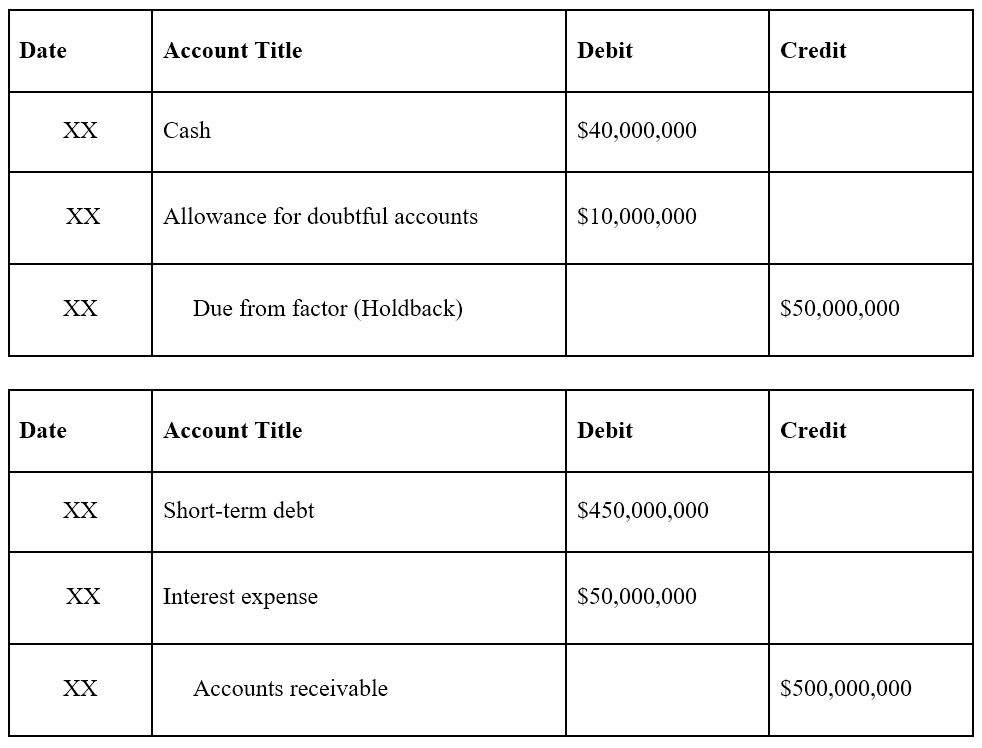In Pending Litigation, IRS Reveals Strategy For Managing ERC Backlog

There are several product backlog management tools available in the market today. Organizing and prioritizing tasks is vital to help your team focus on what is most important. To organize and prioritize tasks in the backlog, start with user stories. Once this is complete, you can order all other tasks based on their importance in the user story. Once the team has prioritized tasks, they can further break them down into subtasks.
What is a product backlog?
Instead, this is simply a buildup of work activities that are not being completed on time. For example, it could refer to the stack of work piled up in front of a loan processing agent, or perhaps a large number of investor calls that an investor relations officer has been unable to return. Grooming sessions should occur regularly so they can be kept short.
Thank you to our valued Agile Alliance Annual Partners

All of these challenges can be overcome with a clear, strategic, and collaborative product backlog management process. Therefore, the critical parameter for prioritizing product backlog items is value. One of the critical jobs of the product owner in product backlog management is prioritization.
What’s left for the Supreme Court to decide? Here’s the list.

Additionally, backlogs bring the teams together for idea brainstorming (backlog grooming sessions). They also help bridge the time/distance gaps for remote teams and keep them engaged and are often referenced in weekly standups. Backlogs are ever-changing documents that help simplify product development by outlining specific tasks. The backlog contents, format, and type are determined by backlog guidelines. A business may have a work backlog that is not directly related to the generation of sales.
Log your progress with a product backlog template
For example, a new feature may require the user to perform several steps. The functionality required for each step could be turned into tasks (with subtasks added for more complex steps). User stories provide the development team with a key understanding of the impact of the product on the user, providing context for what the team is building and why. A key component of any Agile methodology is people, and user stories advocate for those using the product or service.
Facilitate team discussion.
This insight can be gold-dust where cross-functional teams are spread across geographies or time-zones, as many often are. Once backlogged items are prioritized, you can build out a sprint based on the highest-priority items. Use any takeaways from the last sprint to determine which items to include. Reprioritization https://www.accountingcoaching.online/types-of-assets/ centers backlog items around customer value, with items that offer the most value having the highest priority. Opportunity scoring is just one of many options for backlog reprioritization. It utilizes user research to understand user expectations and scores items based on that metric.
In this video with our host Devin Deen, Scrum Master, you’ll find out how to build a project backlog to prioritize tasks in both Agile and traditional Waterfall projects. Additionally, care should be taken to keep the backlog organized and easy to navigate. Agile best practices suggest striving for a “DEEP product backlog,” where the items slated for the near term https://www.wave-accounting.net/ have the most detail, and the level of detail decreases with priority. Managing the product backlog comes with several different responsibilities and tactics. As the product roadmap is updated often, it needs to be closely connected to the product backlog. So, the backlog needs to be prioritized (and re-prioritized) often to reflect changes and new findings.

It may, for example, refer to a company’s sales orders waiting to be filled or a stack of financial paperwork, such as loan applications, that needs to be processed. Two cases involve social media laws in Texas and Florida that would limit how Facebook, TikTok, X, YouTube and other social media platforms regulate content posted by their users. I’m Devin and today we’re going to talk about Building the Product Backlog. Now, “Product Backlog” is a term that’s often used in Agile projects, but it’s also relevant to the traditional Waterfall projects that we are more used to delivering our projects and products. Before creating a backlog, define its scope, whether it should apply to a product line, a group of products, or all of the company’s products—this will help you to manage the features.
- The most important items are shown at the top of the product backlog so the team knows what to deliver first.
- That’s because they allow you to prioritize which tasks to pursue.
- Product backlogs can also grow to an unmanageable size if all large product backlog items are split into smaller product backlog items too far in advance of when the team will work on them.
- Both prevent your team from working on tasks irrelevant to your product or customers.
It helps you generate product ideas, roadmaps, and documentation with expert-crafted AI tools within ClickUp.Don’t take our word for it. The roadmap is the first of many sources that can suggest features for your product backlog. Managing a product backlog can be challenging, with so many factors influencing prioritization and so many techniques.
This guide outlines the backlog grooming process, best practices for effective backlog grooming, and more. Product Backlog Management is the act of adjusting and ordering items on the Product Backlog so that the Scrum Team can deliver the most valuable product possible. They do so as often as they see fit and can also delegate the responsibility to others. However, the Product Owner ultimately decides on what work to pursue now, later or not at all. With ClickUp’s lifecycle management software, you can plan, build, and ship all in one place. From documenting conversations and insights on beautiful project wikis to creating reports for retrospectives, ClickUp has got you covered.
Once the backlog grows beyond the team’s long term capacity, it’s okay to close issues the team will never get to. Flag those issues with a specific resolution like “out of scope” in the team’s issue tracker to use for research later. If a great idea is added to the bottom of a backlog of thousands, who will ever see it? Again, keeping a lean backlog (and limiting the number of sub-backlogs) can prevent this problem from ever rearing its head.
Product owners should refine the product backlog before each sprint planning meeting. It’s possible for a product backlog to get too large to be effectively managed. This happens if a team adds every idea that gets suggested for addressing the outcome but never explores the ideas or removes the items that won’t be ancillary revenue financial definition of ancillary revenue delivered. Product backlogs can also grow to an unmanageable size if all large product backlog items are split into smaller product backlog items too far in advance of when the team will work on them. These are the items that you want to focus on delivering first, those items that are of low cost and higher value.
It draws the items from the product backlog, which is why backlog refinement is crucial. Without a properly maintained backlog, you risk working on items that aren’t relevant to your customers or the product roadmap. The dynamic nature of a product backlog provides teams with a way to manage their learning about the desired outcome and potential ways to deliver that outcome. The product backlog does not need to be complete when a team starts work, so the team can start with an initial idea and add new product backlog items as they learn more.
While others remain in the queue until more immediate priorities arise. Some product managers like creating tiers within their backlog, but this form of nesting can create problems of its own. The more complex the backlog setup becomes, the more teams will lack visibility of their own contributions, which can lead to a drop in motivation. With a smooth-running backlog, product managers and owners will always know A) what teams are currently working on, and B) what those teams will be working on next.
He’s asking why in a city where the crime solve rate is below the national average, places like the morgue aren’t being maintained. Our community is about connecting people through open and thoughtful conversations. We want our readers to share their views and exchange ideas and facts in a safe space.
